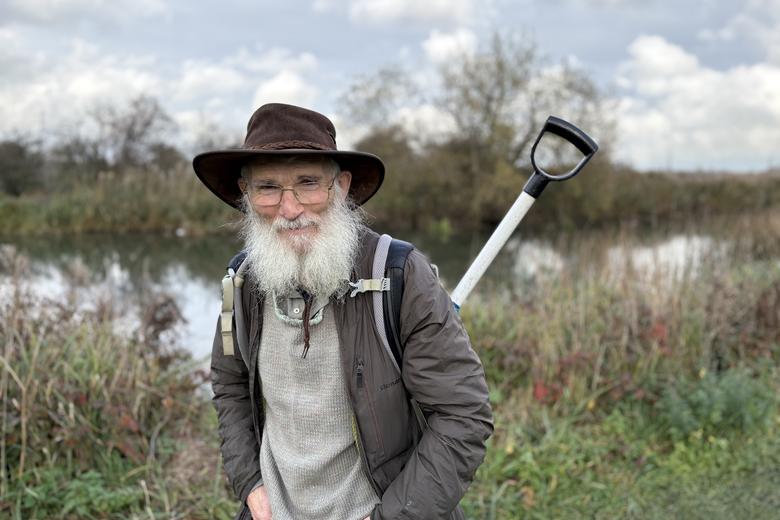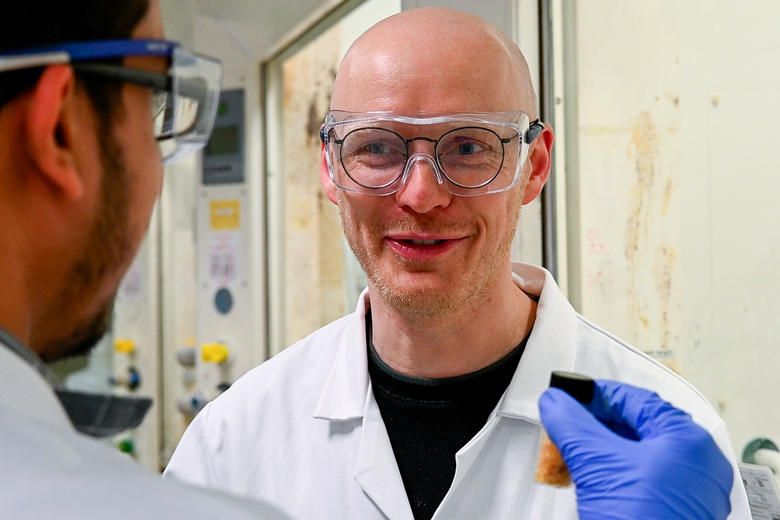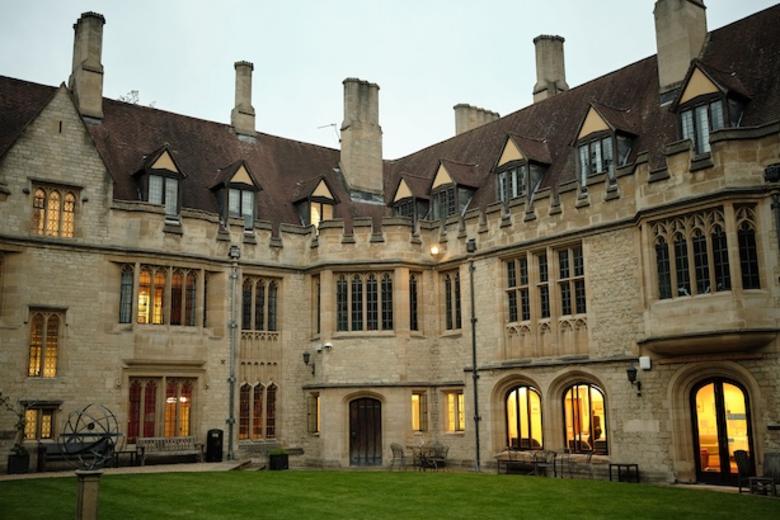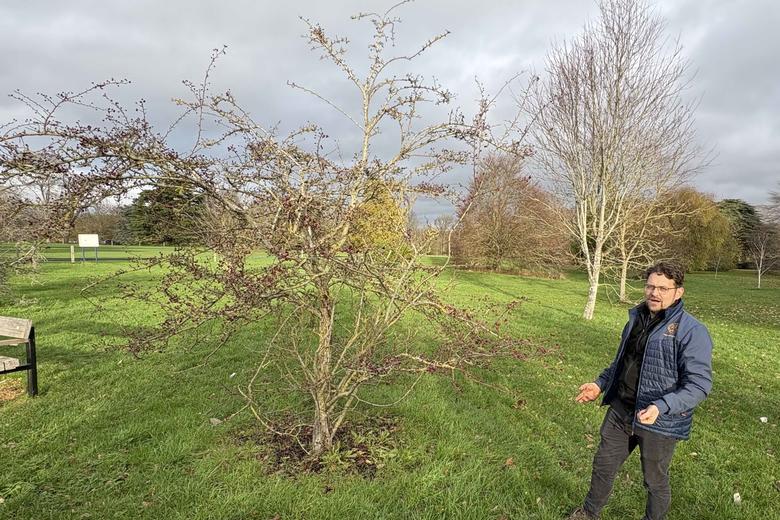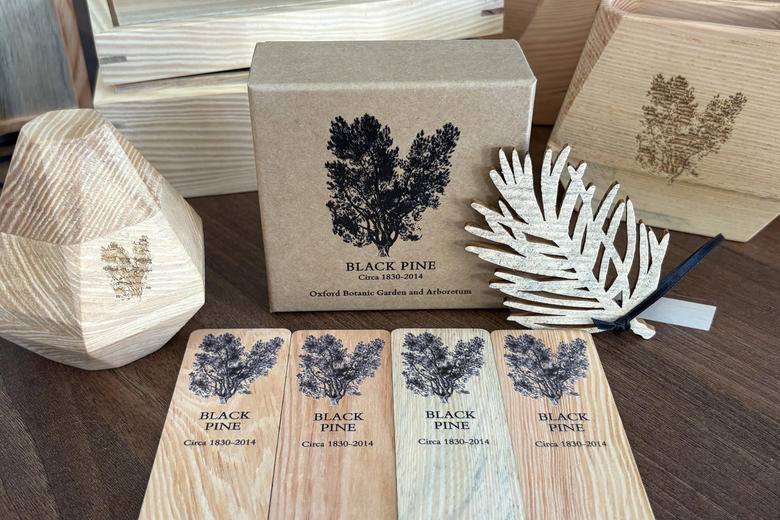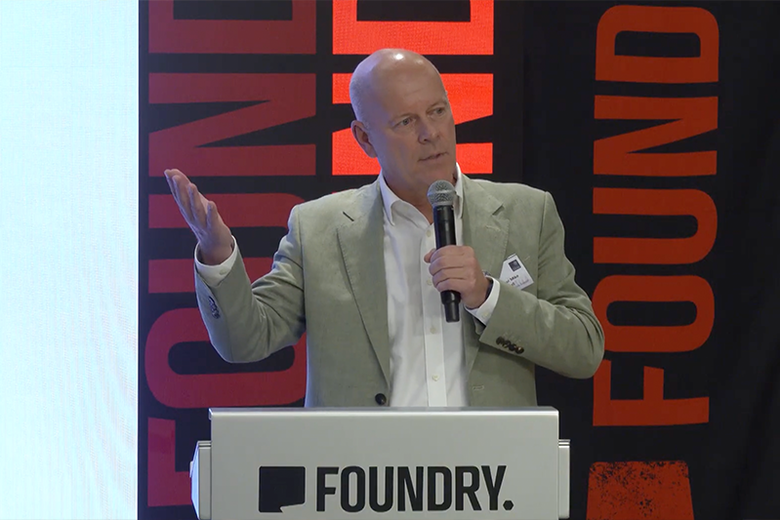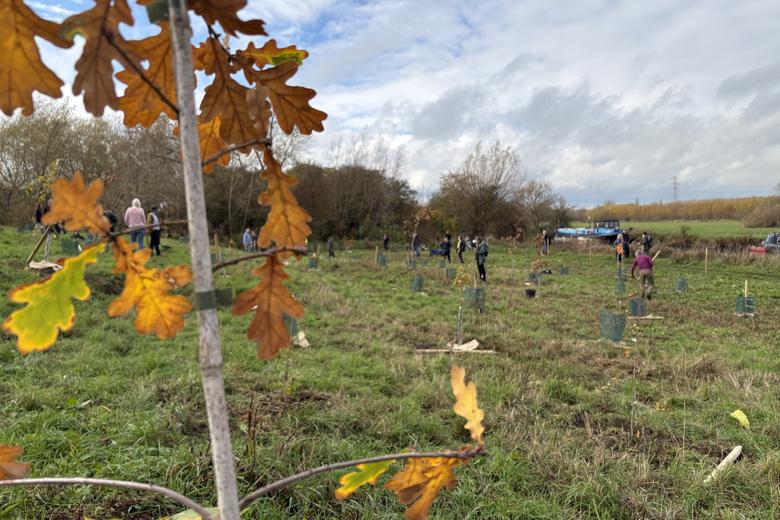THE 400TH ANNIVERSARY OF THE UNIVERSITY BOTANIC GARDEN

THE 400TH ANNIVERSARY OF THE UNIVERSITY BOTANIC GARDEN
The University Botanic Garden celebrates its 400th Anniversary on 25 July 2021
Published: 14 July, 2021
Author: Richard Lofthouse
Share this article

The University Botanic Garden was founded on Sunday 25 July, 1621, and the intervening story is rich and varied.
‘At two o’clock, on the afternoon of Sunday, 25 July 1621, the
University’s vice chancellor, together with members of the University
and its colleges, processed in their ceremonial finery from the Church
of St Mary the Virgin along the High Street to Danvers’s leased meadow.
Following speeches by the university’s senior members, a foundation
stone was laid and some coins cast over it.’
The plot of land was five acres, large for its prime location at the bottom of Oxford’s High Street but small compared to many of the great, formal European gardens of the Seventeenth and Eighteenth centuries.
The great ceremonial gates that visitors walk through commemorates the founder, the Earl of Danby, whose endowment was approximately £700,000 in today’s money, and by no means enough to the put the project on a secure footing.
In that sense the survival and flourishing of the Botanic Garden, which in 1963 added the much larger site of the Harcourt Arboretum, is slightly miraculous but none less so than the many other subjects at Oxford whose journey through modernity has been buffeted by changing disciplinary boundaries, attitudes and fashions.
As the Druce Curator of the Oxford University Herbaria, Stephen Harris, notes in his recently published book Roots to Seeds 400 Years of Oxford Botany, science is also a cultural activity.
In the week of the actual anniversary this year, which begins conveniently on a Sunday (25 July, the Botanic Garden will host a wide range of public events ranging from historic tours of the garden to focused orchid tutorials and yoga classes.
If our question is a more academic one, namely whether ‘serious science’ is still carried out in the garden, the short answer is yes and the long answer is yes too, but enormously complex, enough to merit not only Stephen Harris’ book length treatment but a terrific exhibition too, ‘Roots to Seeds’, that runs at the Weston Library until 24 October, with free admission and no need to pre-purchase tickets.
Perhaps a better way to come at the academic question is to ask what the next 400 years might look like. Harris declines to speculate, knowing how absurdly unpredictable these things are, but for the next fifty he’s very clear about the themes.
‘Food is key: how are we going to feed ourselves? Environmental change is next – I mean all change, of which climate change is a subset. Then there’s the world’s wild places and biodiversity.’
One theme that crops up is the unpredictability of technology and how it can cast an entirely new light over the collection. There are roughly a million plant specimens stored away in the Oxford University Herbaria, which is pronounced as a singular noun because it is a single collection comprising many sub-collections. The value of these ‘squashed dead plants’ is newly realised with mass spectrometry, a technology that can determine the chemical footprint of even the tiniest traces of a sample, which isn’t necessarily the plant itself but might be a fungal spore lurking upon the specimen. This time capsule quality of the collection is only just being unlocked with this approach.
Alongside a major archive, a rare book collection partly stored in the Bodleian Library, and the Herbaria which is located with the Department of Plant Sciences on South Parks Road, there is a xylarium, which refers to a collection of wood samples.
Oxford made a huge contribution to forestry studies in the last century, care of an Imperial Forestry Institute which moved to Oxford in 1905. The wood samples are studied for their structural properties and their anatomy, DNA being rather harder to extract from timber.
Harris gives a working example of a cricket bat, which is made from a particular species of willow. ‘What makes the wood ideal for a cricket bat? If we understand that, can we determine other woods of similar qualities, or improve the growing conditions of the existing sources of this tree?’
The example given is readily understood as a practical, even commercial question. But Harris goes on to explain how the anatomy of wood is a frontline in respect of illegal logging and timber trade across the world, where determining where a product has come from is essential to identifying its legitimacy.
The Herbaria managed by Harris receives 400-500 academic visitors a year, makes a similar number of loans for academic research, and receives a similar number of new incoming samples that must be scrupulously catalogued. There is undergraduate and graduate teaching and a vast number of inquiries from across other subject disciplines – history, English literature, the fine arts, geology and zoology, not to mention the core area of plant sciences which in turn represent a multitude of sub-sets from ecology to cell-biology.
It’s sounds exhausting but there is a great whoosh of clarity coming along in the near future, when in 2024 the new Life and Mind building will open at the bottom of South Parks Road, and will showcase a new biology department that will also represent a union of zoology and plant sciences.
Harris notes that this was the dream of Henry Acland (1815-1900), perhaps the most influential scientist in Victorian Oxford, that zoology and plant sciences should work together.
Harris writes, ‘How plant sciences will fare in a new structure cannot be predicted. Whatever the discipline looks like at Oxford at the end of the twenty-first century, plants will remain central to our lives and the environments in which we live.’
Whether humans are as central to the lives of plants is a broader and less certain matter, but Harris doesn’t doubt the tenacity of the natural world in the face of all that humans can throw at it.
Visit the Roots to Seeds exhibition at the Weston Library until 24 October
Find out more about the year of anniversary celebrations and events at www.obga.ox.ac.uk
Alumni benefit from a special admission fee of £5 to the Oxford Botanic Garden and Harcourt Arbortetum
Roots to Seeds 400 Years of Oxford Botany by Stephen A. Harris; Druce Curator of Oxford University Herbaria. @BodPublishing. Alumni can claim a 10% discount on this and all Bodleian Library Publishing titles.


